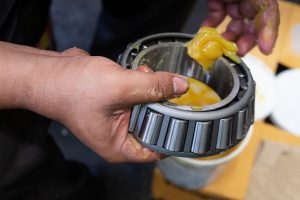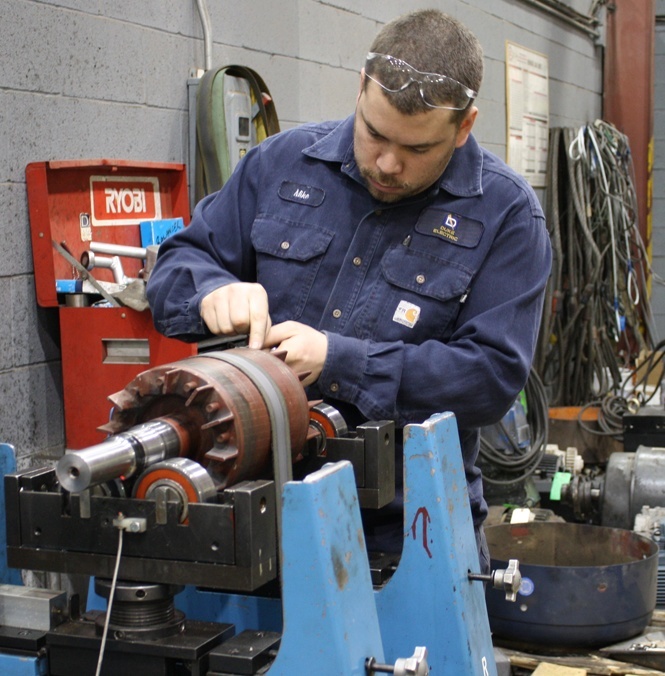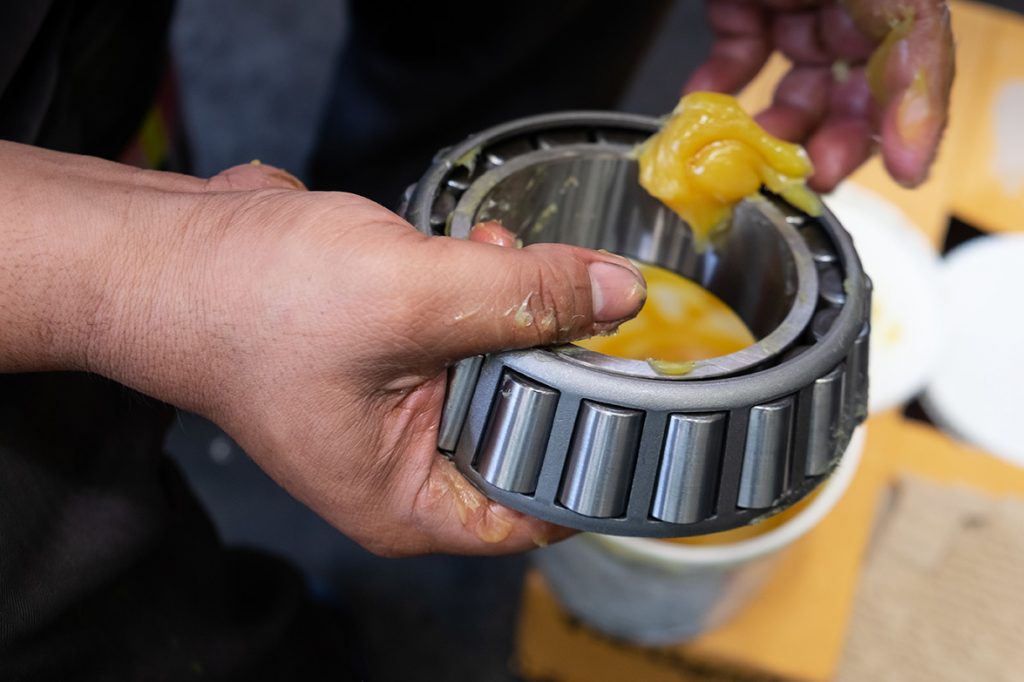Eliminating Downtime of Your Electric Motor December 2, 2021
Downtime is the enemy of any maintenance manager. And downtime of your electric motor costs money. Did you know that almost every plant loses between 5 and 20% of productivity due to downtime?
Electric motors are the foundation of modern manufacturing processes. They provide the mechanical energy needed to power most processes – from food processing plants to steel mills, even to vinyl record pressing operations.
But what happens when an electric motor stops working? Improper wiring, electrical issues, mechanical anomalies, or internal motor damage can wreak havoc on production processes and internal operations. Preventive maintenance and regular analysis of your motor’s load test performance are critical to avoid shutdown disasters.
Here are some ways to eliminate the downtime of your electric motors:
Evaluate environmental conditions
Proper evaluation of environmental conditions under which the motor will be operating is key to preventative maintenance—the more hostile the environment, the more significant the impact on your motor’s long-term reliability.
A hostile environment could include the corrosive geographic region you are operating in. Coastal and marine environments have high sodium chloride (salt) levels, which corrodes and deteriorates metals found in motors. Motors operating in a corrosive environment can benefit from epoxy coatings on all exposed metal surfaces to protect the exterior. In addition, bearing isolators installed in the bearing house will protect the bearings.
The ambient air temperature and actual plant conditions can impact your motor’s long-term reliability. Motors prefer moderate temperatures and a relatively dry climate to operate effectively. Motors also breathe better in clean air environments, free of particulates, which reduces the likelihood of clogged inlets.
Load testing before installation or storage
Full or partial load testing of a critical motor before installation or storage is another preventative measure to ensure motor reliability. You might want to consider a load test if you have a motor with a history of high operating temperatures, high vibration, or unexplained noise.
Depending on customer specifications, load tests can typically run from four to 24 hours. The main reason for load testing is to verify that the motor produces torque aligned with the nameplate parameters such as horsepower, speed, voltage and current. The most common method of load testing motors is dynamometer testing, which looks at your power outputs in multiple scenarios to ensure your motor is running at maximum efficiency.
Proper installation
A problem-free motor system starts with sound installation. The motor base must be cleaned and inspected for cracks; otherwise, it is compromised. Once the motor is set on the base, the motor is then test run to verify rotation and baseline vibration data is collected. The laser alignment is completed, and the motor system is rerun to ensure the loaded vibration. Based on vibration history, the final loaded motor system vibration test can be run from 30 minutes to several hours.
The condition and the number of shims are also critical to proper installation. Typically, you should use no more than five shims to decrease the sponginess of the shim stack. An excess in the net number of shims under a machine foot leads to an increased risk of exceeding your allowable soft foot tolerance. Improper soft procedures can distort the motor frame causing bearing misalignment and vibration.
A solid preventative maintenance program
A solid preventative maintenance program is key to a healthy and happy motor, which reduces potential downtimes for your plant. The three essentials are lubrication, vibration testing and changing filters.

Over the last 50 years, several studies have shown that the most significant cause of motor failure is lubrication, which results in bearing failures. So, you must invest in and implement a comprehensive lubrication program for all your rotating equipment and motors. If you’d like to learn more about the importance of lubrication and how to grease motor bearings, check out our post.
We follow our own advice when transporting motors.







